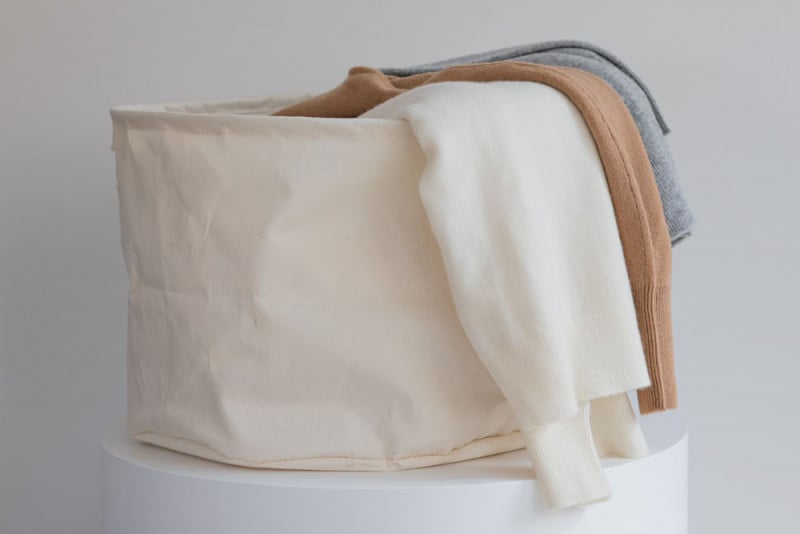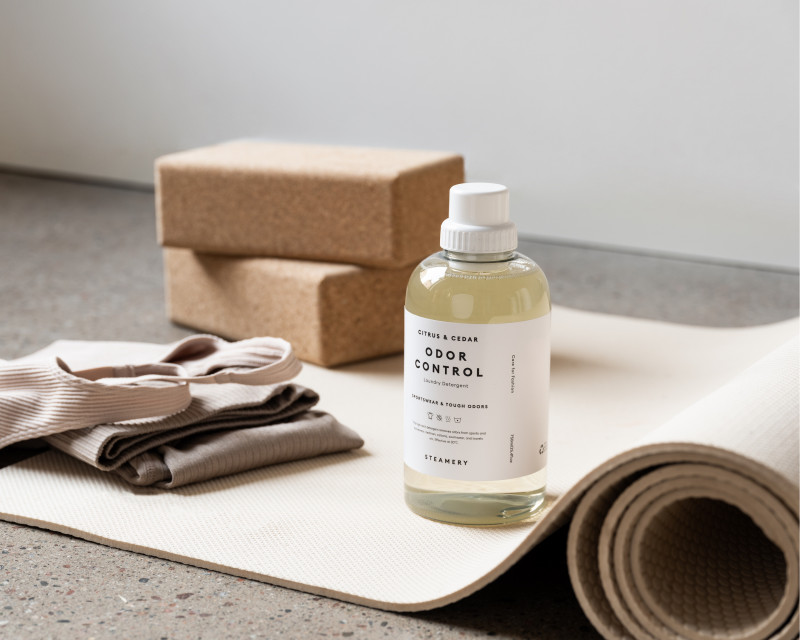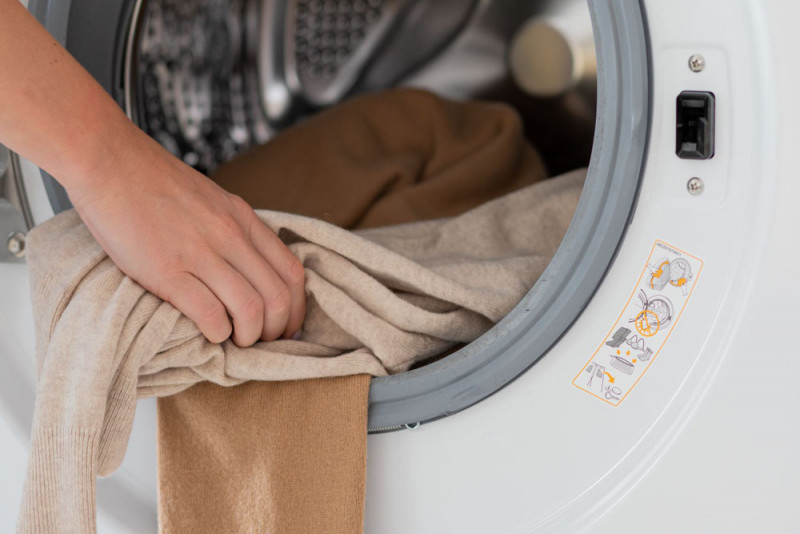Choose a short program and spin cycle (maximum 30ºC) to save water and energy. Remember gym clothes rarely get dirty – just sweaty. Our Odor Control Detergent is also great for washing cotton textiles; towels, bed linen, and all your garments made of cotton.
Washing down jackets
Down jackets must not be washed too often, since frequent washing will cause the down to lose its fluffiness. Instead, make a habit of hanging it outdoors and let it air and spray it with some
Fabric Spray once in a while, and when you need to wash it, use a delicate laundry detergent. Standard detergents with harsh enzymes will dissolve the natural oils and the jacket will lose some of its insulation abilities.
Rinse out all detergent residues thoroughly (we recommend an extra rinsing cycle) and tumble dry, inside out, at a low temperature. Add three or more clean tennis balls to the tumble dryer and let the program run until your jacket has dried completely. Pause to shake the jacket once in a while, you want the down to spread evenly throughout the garment. The jacket is done and ready to be worn when it’s completely dry and smells fresh.
Washing everyday cotton
Cotton can withstand higher temperatures. However, colors will fade if you constantly wash your clothes at 60ºC, so make 30ºC–40ºC your standard option for colored textiles. Crisp, white 100% cotton garments can often be washed at 60ºC, this will actually prevent them from becoming grey-ish. Choose our
Dark & Denim Laundry Detergent for black, navy, or brown clothes, and our
All Colors Laundry Detergent for any colored textiles. To help your white textiles stay white over time, wash them with our
White Laundry Detergent.
How to hand wash
Machine washing is a harsh clothing care process. It is not only the fact that clothes are soaked in water and later on dried that has an impact on clothing appearance. The vigorous movements manipulate fibers, seams, and hems which may result in damage. When hand washing, you have total control of the items being washed and can adjust your method using your hands. For example, when removing stains, you can focus only on the stained area if the rest of the garment is clean.
All items you personally define as delicate items (clothes that are dear to you) will last longer if being hand washed. However, the easiest way to define if clothes should be hand washed or not you will find on the care label. Normally washable high fashion items, delicate silk, wool, cashmere, and merino wool (especially fine knits) meet the qualification for hand washing.
Read more about hand washing here.


